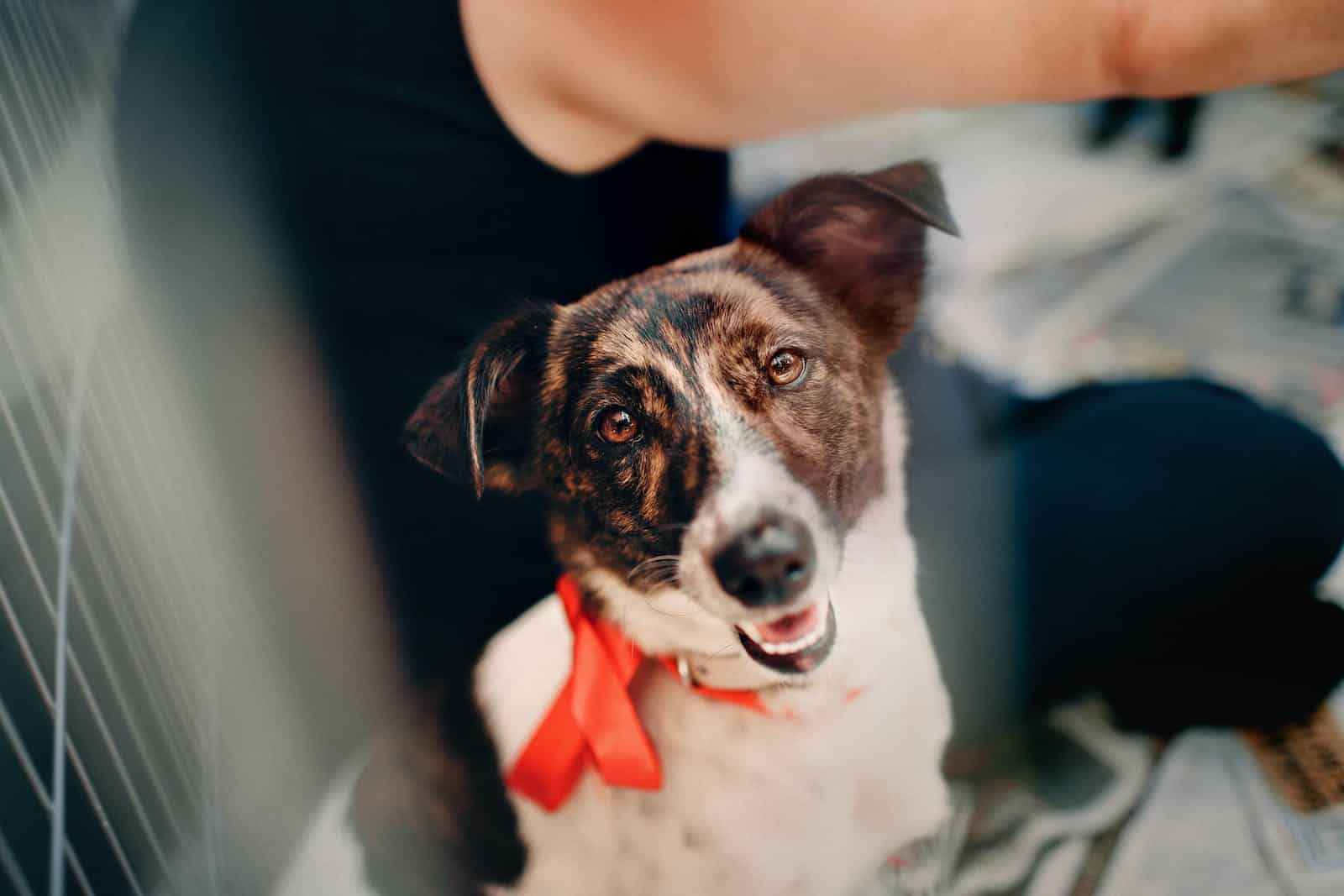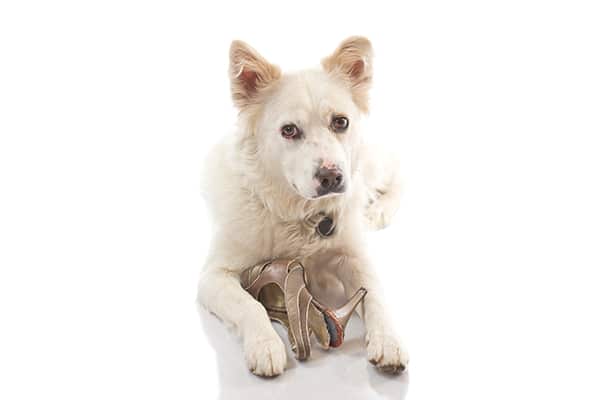I have worked with rescue dogs for over 20 years, and I’m always impressed with their resilience and courage. Most dogs end up in shelters through no fault of their own, but their ability to bounce back from even the most tragic of situations shows just how incredible they are. These dogs have nothing “wrong” with them except that they have been dealt an unfortunate card.
I encourage prospective pet parents to go to a shelter first because rescue dogs make such incredible pets, and while some dogs might find the transition from shelter to home overwhelming, most acclimate quickly and easily. There will be an adjustment period for the whole family when any new dog comes into the home. Dogs previously raised in nurturing environments tend to be more adaptable to new things, while those that have had little social contact or positive experiences with people and other dogs will need time to acclimate.
When your dog comes home
Your dog will have to learn a whole new set of guidelines and adjust to novel experiences in your home. She might have never walked on carpet, seen a cat, been around a child, heard the noise of a vacuum or seen a television. So, it could be overwhelming for her to begin with.
You might find that your dog has toileting accidents, chews the furniture or barks when she’s left alone. These behavior issues are very common and can be resolved with time, patience and the help of a certified positive trainer if necessary.
Create a toileting routine
As soon as your dog comes home, start housetraining basics immediately, and take her out to toilet every hour. Pay special attention to times when she is more likely to go, such as after she has eaten, woken from a nap or after vigorous play. Once you have established a successful toileting routine, you can cut the amount of outside visits to a normal adult schedule, about four to five outings a day.

Create a safe space
Give your dog a bolt-hole or safe space to go to, as the freedom to take herself off to safety if needed will increase her confidence. This space is off-limits to visitors and any young children you might have. Separate this space from the rest of your home with a baby gate so your dog is safely contained but not isolated from the family. Use this space when you cannot actively supervise your dog to avoid toileting accidents, and give her appropriate chew toys to play with so she is not tempted to chew on your furniture or household objects.
Dogs with a history of abandonment can feel anxious on separation. Help her cope by tiring her out with plenty of activities and then leaving her in her safe zone for short periods of time to relax. Make sure she is close to other dogs you have in your home so that she does not feel isolated.
Take it slow
If your dog comes from a puppy mill situation or hasn’t had much experience outside, too much space all at once might be overwhelming. Take things slowly, and let her get used to being in your house and yard before you introduce her to the outside world. If she refuses to go on a walk, the world is still too much for her, so observe her body language and go at her pace. She will let you know when she is ready.
Make time for play
Enrichment is a wonderful way to help any dog acclimate. Teach your dog how to use her nose by playing scent-related games or help her solve problems by giving her dog puzzles and activity toys. This will activate her thinking brain, which will focus her attention onto learning and problem solving rather than feeling worried.
My family and I have only ever had dogs and cats from rescue situations, and we have successfully transitioned them into our home by understanding their needs, giving them time to adjust and teaching them the life skills they need to acclimate successfully. We share our home with Jasmine the Chihuahua and Bella, our Shih Tzu. These dogs enrich our lives every day, and we couldn’t imagine living without them.
Thumbnail: ©OvalStudios | Getty Images









